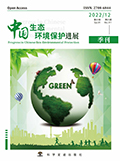参考文献
[1] 程秀娟. 农业温室气体排放与减排固碳措施分析[J]. 中南农业科技, 2022, 43(05): 84-90.

